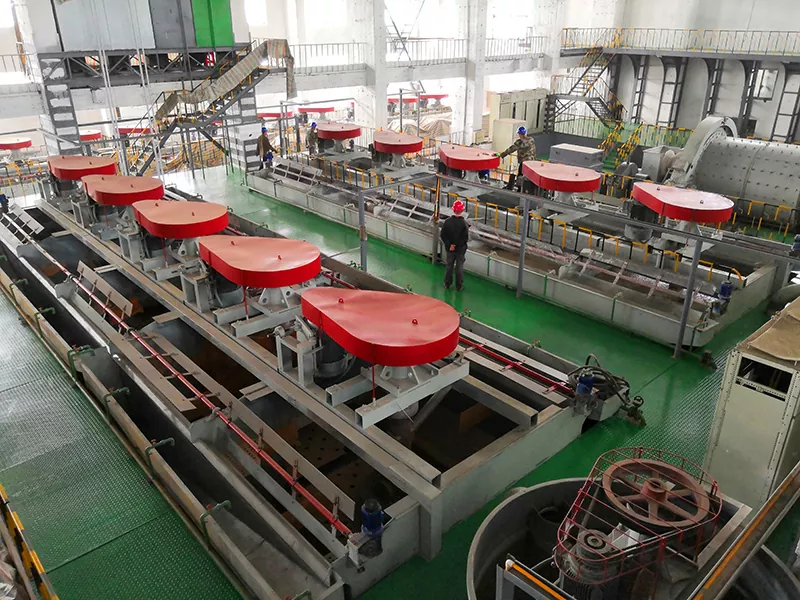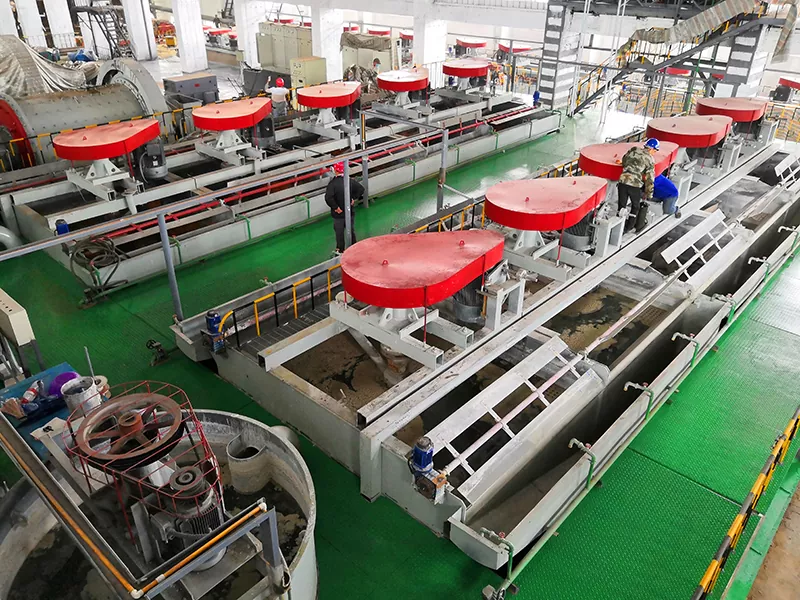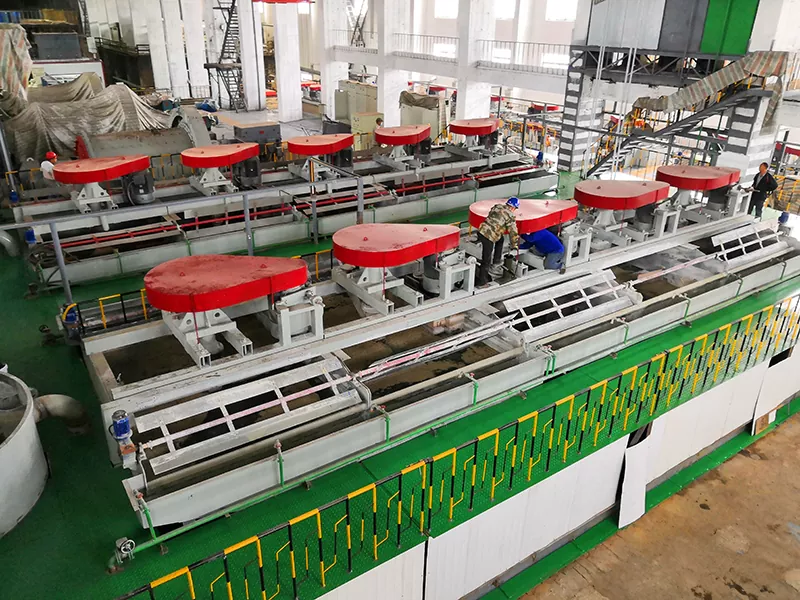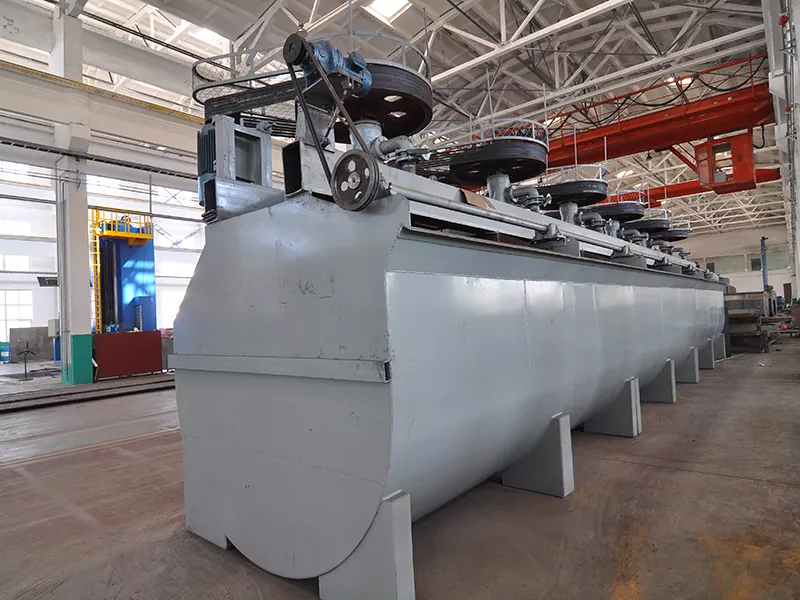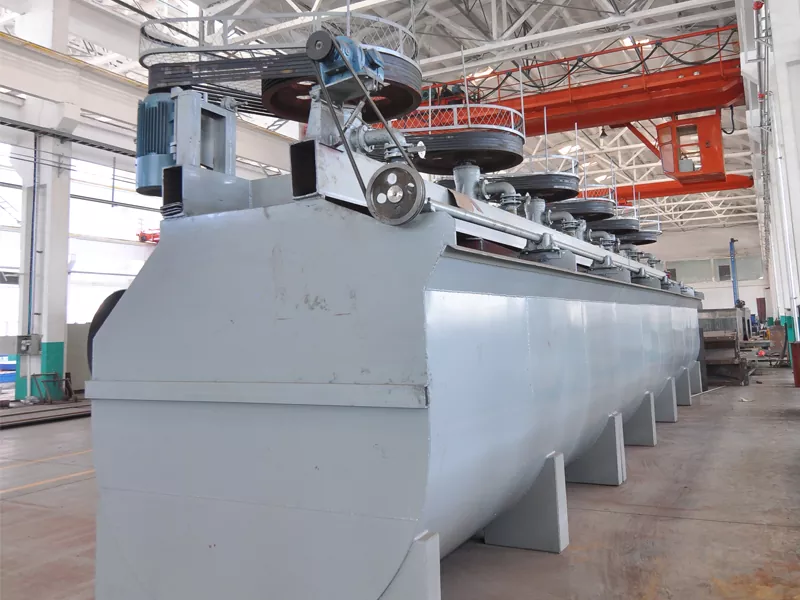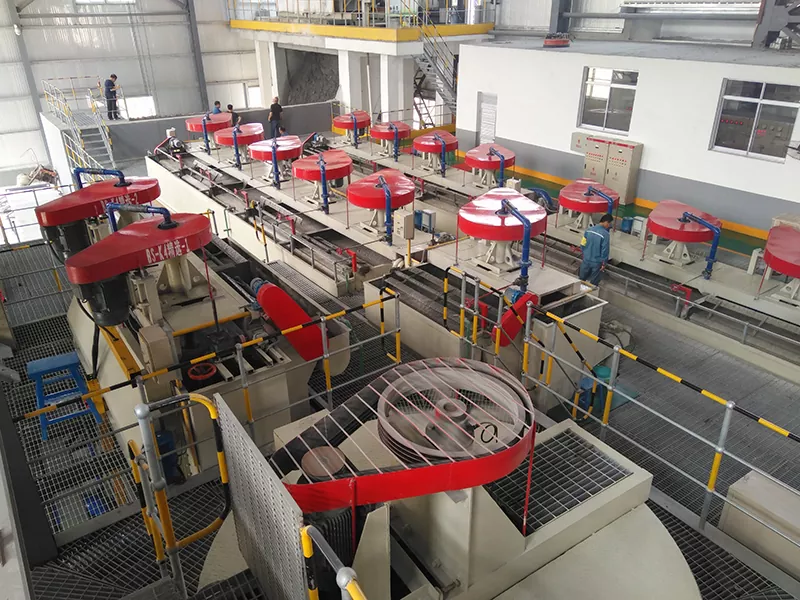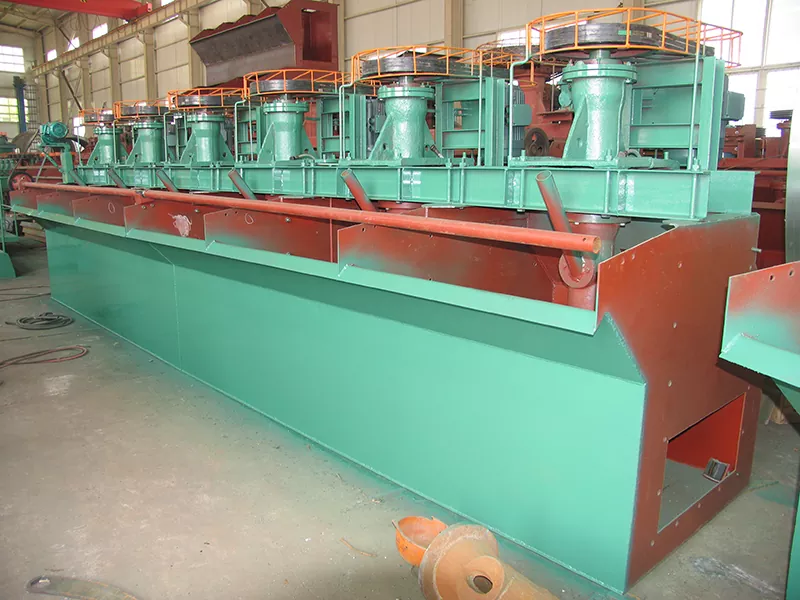 English
English Español
Español  Português
Português  русский
русский  Français
Français  日本語
日本語  Deutsch
Deutsch  tiếng Việt
tiếng Việt  Italiano
Italiano  Nederlands
Nederlands  ภาษาไทย
ภาษาไทย  Polski
Polski  한국어
한국어  Svenska
Svenska  magyar
magyar  Malay
Malay  বাংলা ভাষার
বাংলা ভাষার  Dansk
Dansk  Suomi
Suomi  हिन्दी
हिन्दी  Pilipino
Pilipino  Türkçe
Türkçe  Gaeilge
Gaeilge  العربية
العربية  Indonesia
Indonesia  Norsk
Norsk  تمل
تمل  český
český  ελληνικά
ελληνικά  український
український  Javanese
Javanese  فارسی
فارسی  தமிழ்
தமிழ்  తెలుగు
తెలుగు  नेपाली
नेपाली  Burmese
Burmese  български
български  ລາວ
ລາວ  Latine
Latine  Қазақша
Қазақша  Euskal
Euskal  Azərbaycan
Azərbaycan  Slovenský jazyk
Slovenský jazyk  Македонски
Македонски  Lietuvos
Lietuvos  Eesti Keel
Eesti Keel  Română
Română  Slovenski
Slovenski  मराठी
मराठी  Srpski језик
Srpski језик
Self-Aspirated Mechanical Flotation Cells For Coarse Granule
Send Inquiry
【Product Introduction】A self-aspirating mechanical stirring flotation unit with slurry suction/non-slurry suction.
【Effective volume】0.15~24m3
【Scope of application】This flotation machine is suitable for the selection of non-ferrous and ferrous metals, and can also be used for the selection of non-metals such as coal fluorite and talc. It is more widely used for the selection of non-ferrous metals such as gold, silver, copper, iron, tungsten, lead, zinc, tin, molybdenum, nickel, tantalum, niobium, manganese ore, coal, etc. It can also be used for the roughing and concentrating of ferrous metals and non-metals.
【Product improvement】BF type flotation machine is divided into type I and type II. Type I is improved with reference to type SF, and type II is improved with reference to type JJF. Type I is a suction slot, and type II is a direct current slot, usually referred to as type BF.
Advantages and characteristics
1. Large air suction volume and low power consumption;
2. Each slot has the triple functions of air suction, slurry suction and flotation, which is called flotation circuit, does not require any auxiliary equipment, horizontal equipment, and is convenient for process changes.
3. Reasonable slurry circulation can minimize the precipitation of coarse sand.
4. Equipped with automatic and electric control devices for the slurry surface, it is easy to adjust.
Working principle
When the impeller rotates, the slurry in the upper and lower impeller chambers generates centrifugal force under the action of the upper and lower blades and is thrown to the surroundings, forming a negative pressure zone in the upper and lower impeller chambers. At the same time, the slurry on the upper part of the cover plate is sucked into the upper impeller chamber through the circulation holes on the cover plate, forming an upper circulation of slurry. When the lower blade throws out the slurry to the surroundings, the slurry at the lower part is replenished to the center, thus forming a lower circulation of slurry. The air is sucked into the upper impeller chamber through the suction pipe and the center tube, mixed with the sucked slurry, forming a large number of fine bubbles, which are evenly dispersed in the trough after steady flow through the cover plate to form mineralized bubbles. The mineralized bubbles float to the foam layer and are scraped out by the scraper to form a foam product.
Product Parameter
| Model |
Volume (m³) |
Tank size (mm) |
Impeller diameter (mm) |
Processing power (m³/min) |
Motor power (kw) |
| BF-2.8 | 2.8 | 1650×1650×1150 | 550 | 1.4-3 | 11/1.5 |
| BF-4 | 4 | 1900×2000×1200 | 650 | 2-4 |
15/1.5 |
| BF-6 | 6 | 2200×2350×1300 | 700 | 3-6 |
18.5/15 |
| BF-8 | 8 | 2250×2850×1400 | 760 | 4-8 |
30/1.5 |
| BF-10 | 10 | 2250×2850×1700 | 760 | 5-10 |
30/1.5 |
| BF-16 | 16 | 2850×3800×1700 | 850 | 8-16 | 37/1.5 |
| BF-20 | 20 | 2850×3800×2000 | 850 | 10-20 | 37/1.5 |
| BF-24 | 24 | 3150×4150×2000 | 920 | 12-24 | 45/1.5 |


